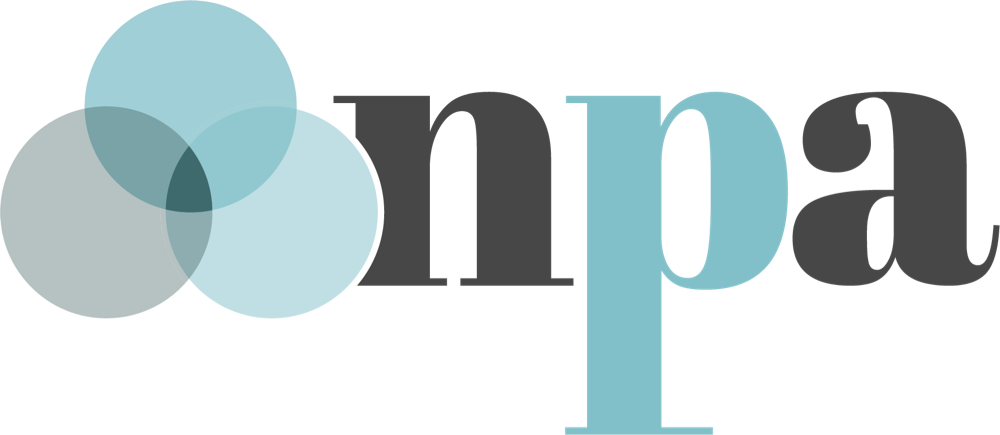Helping Local Newsrooms Align their Products with Community Needs
Five North Carolina news organizations recently participated in the NC News Product Bootcamp, a two-month training and coaching initiative designed by the News Product Alliance to train NC Local members organizations. The program aimed to help local teams strengthen their connection to communities by aligning audience needs with product development and business strategy.
Over the course of four interactive workshops, two coaching sessions, and a final reflection circle, participants built product thinking skills and applied them directly to their work—from audience research to value propositions, product roadmaps, and revenue models. They learned from seasoned instructors and coaches, including Aldana Vales, Mariah Craddick, Eric Ulken, Adriana Lacy, Emily Goligosky, and Anita Li.
“We saw teams shift from just producing content to really focusing on solving community needs,” said Becca Aaronson, NPA’s Chief Product Officer. “They embraced continuous listening and recognized the importance of stronger internal alignment and adaptability.”
The bootcamp focused on giving participants practical frameworks and tools they could use immediately, with the resources they already had. Rather than aiming for a final product, the emphasis was on strategic shifts: connecting research to action, aligning internal priorities, and building long-term sustainability.
“Product skills are business skills, and we believe they are essential for leading sustainable news businesses. This product bootcamp helped North Carolina local news leaders gain skills needed to create or improve products and services that meet community needs, which leads to meeting business goals,” said Shannan Bowen, founder and CEO of NC Local.
Teams explored research methods like listening sessions and surveys, reframed their internal strategies, and identified product opportunities tied to audience behaviors. At The Chronicle, Duke University’s student newsroom, the bootcamp sparked a deeper focus on qualitative research.
“We’re not getting enough data doing quantitative research, and understanding 18 to 22-year-olds’ news habits (or lack thereof) is increasingly becoming essential for us to figure out. We’ve added an additional student position next year to focus on gathering qualitative data,” said Chrissy Murray, CEO of The Chronicle.
Other participants—Qnotes Carolinas, Charlotte Journalism Collaborative, and Wilson Times & Restoration Media—used the bootcamp to test research frameworks, develop new ideas, and align their product efforts with business goals. At Shoresides, the Audience Research Brief became a practical tool for clarifying their strategy, helping the team move beyond assumptions into testable ideas.
All teams made tangible progress toward long-term improvements in how they approach audience engagement and sustainability. “You could see across all the teams that serving their communities isn’t just part of the job; it’s at the heart of their mission,” Aaronson concluded.

